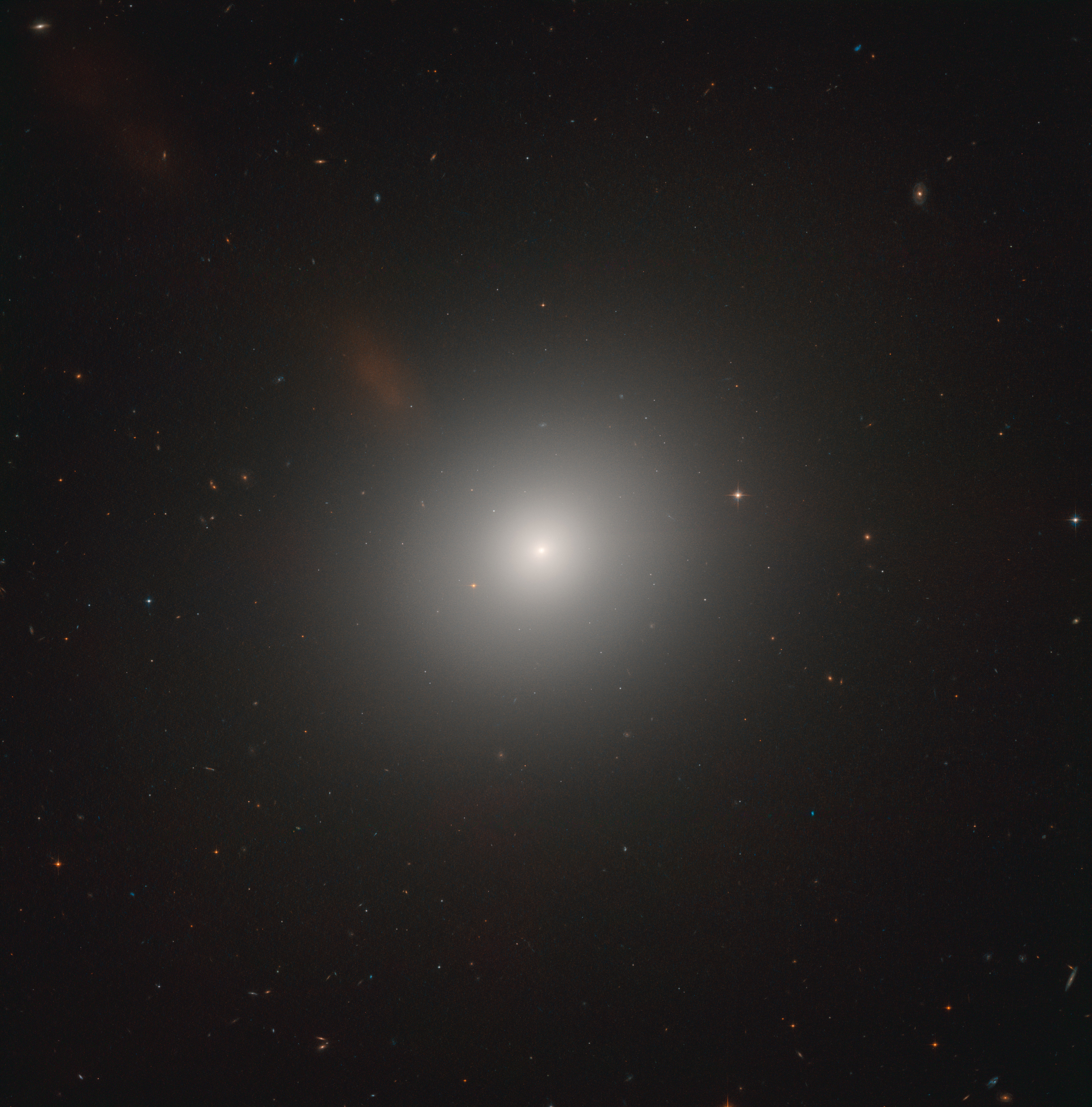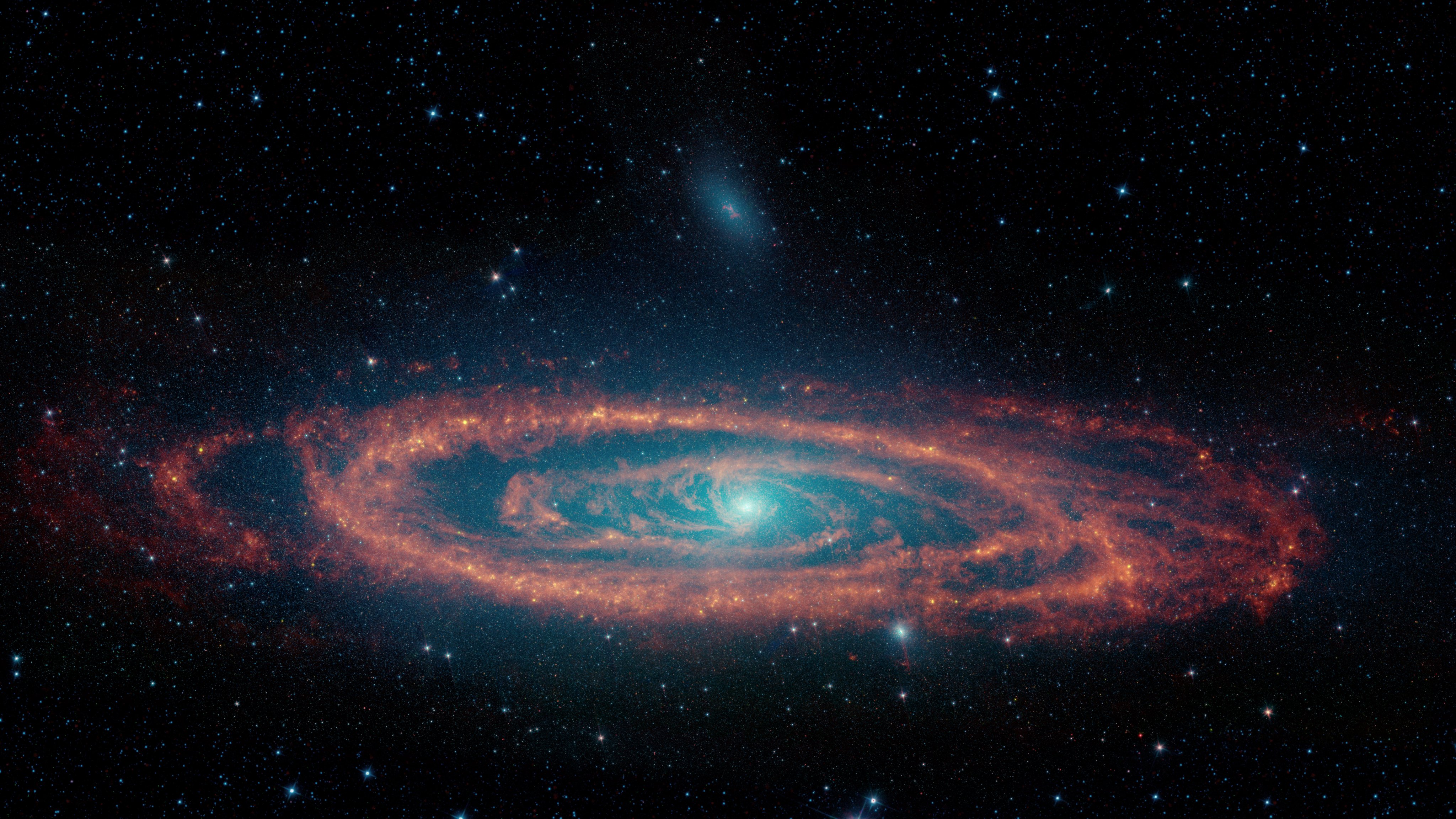Galaxies, Stars, & Black Holes
News & Articles

Vivid Portrait of Interacting Galaxies Marks Webb’s Second Anniversary
Two for two! A duo of interacting galaxies commemorates the second science anniversary of NASA’s James Webb Space Telescope, which…

Hubble Examines an Active Galaxy Near the Lion’s Heart
It might appear featureless and unexciting at first glance, but NASA/ESA Hubble Space Telescope observations of this elliptical galaxy —…

NASA’s Roman Mission Gets Cosmic ‘Sneak Peek’ From Supercomputers
Researchers are diving into a synthetic universe to help us better understand the real one. Using supercomputers at the U.S.…

NASA’s Webb Opens New Window on Supernova Science
Peering deeply into the cosmos, NASA’s James Webb Space Telescope is giving scientists their first detailed glimpse of supernovae from…

Galaxies Actively Forming in Early Universe Caught Feeding on Cold Gas
Researchers analyzing data from NASA’s James Webb Space Telescope have pinpointed three galaxies that may be actively forming when the…

NASA Images Help Explain Eating Habits of Massive Black Hole
Data from NASA’s retired Spitzer Space Telescope has given scientists new insights into why some supermassive black holes shine differently…

